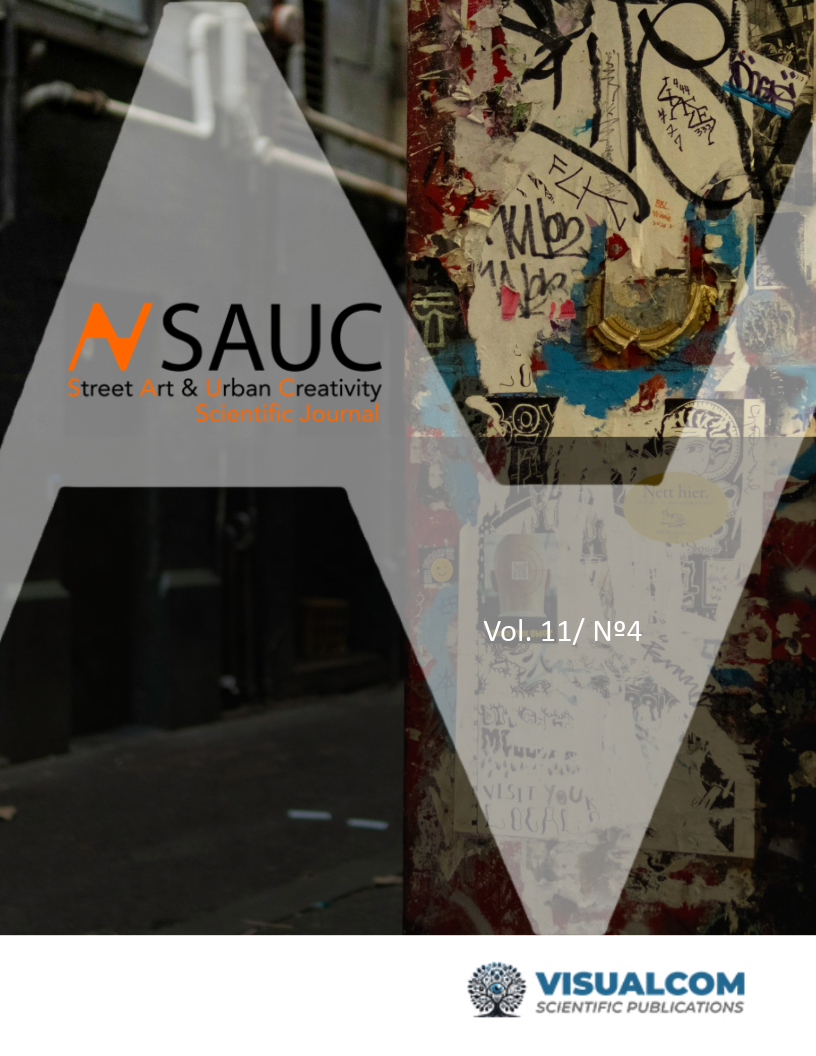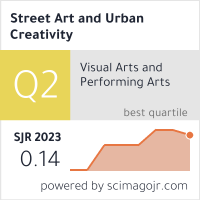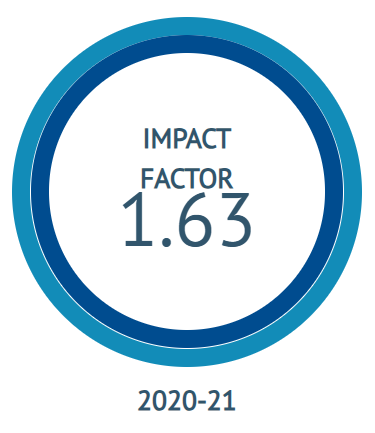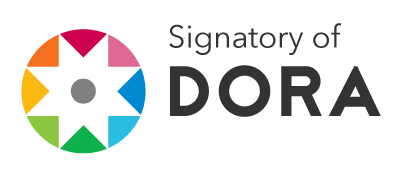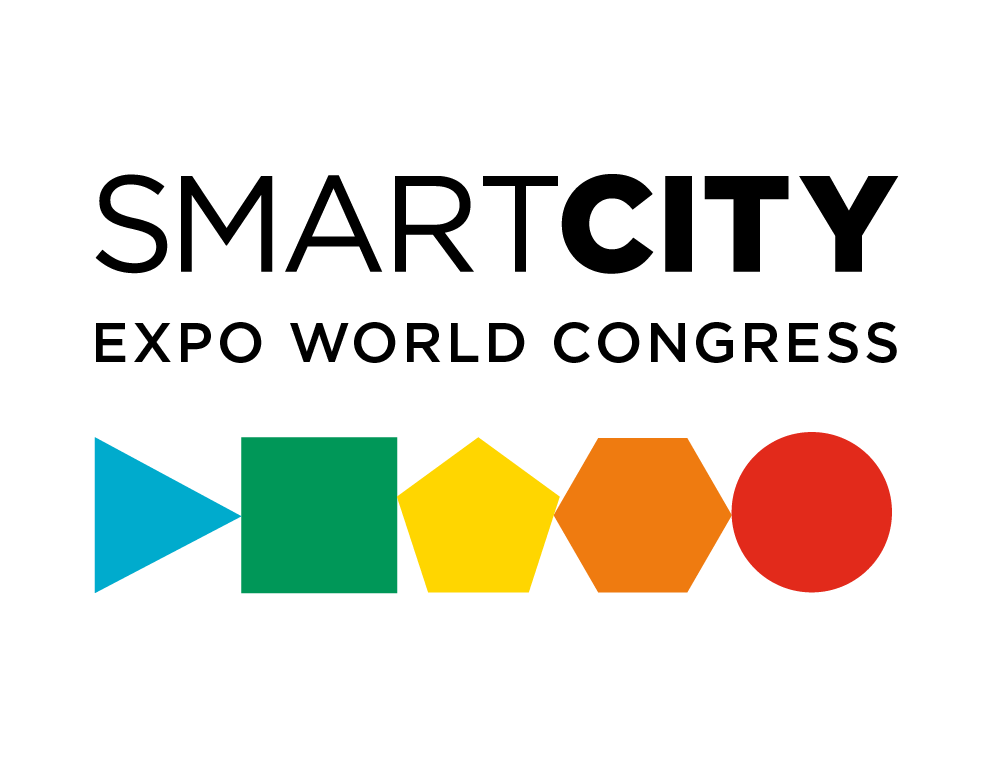Contemporary Art in the Newspaper El País: Double Analysis of the contents
Automation of the quantitative analysis of the artistic content of a journal comparison of the results with the Stempel method and computational analysis using Python programmin
DOI:
https://doi.org/10.62161/sauc.v11.5729Keywords:
Contemporary Arts, Newspaper, El País, Quantitative, Stempel, Software studies, Phyton, Webscrapping, Data ScienceAbstract
This study confirms the consistency of a dual repeated analysis of contemporary art content in El País newspaper, employing, first, the Stempel methodology and, second, its automation through web scraping techniques using Python programming. Pending the development of fully autonomous AI systems that will enable real-time monitoring of information system content, both approaches confirm that—marking a century since the traditionally accepted birth of contemporary art (Duchamp, 2017)—there is limited representation of current art in an iconic Spanish media outlet for a statistically typical year, compared to coverage in the Sports section and other cultural categories such as Film and Series. Additionally, the study reveals a hyperbolic and materialistic vocabulary in the representation of contemporary art.
Downloads
Global Statistics ℹ️
|
244
Views
|
309
Downloads
|
|
553
Total
|
|
References
Bardin, L. (1986). El análisis de contenido. Akal.
Bauman, Z. (2007). Vida de consumo. Fondo de Cultura Económica de España.
Bauman, Z. (2018). Modernidad líquida. Fondo de Cultura Económica de España.
Berelson, B. (1952). Content Analysis in Comunication Research. Free Press.
Dans, E. (2012). Resistencia al cambio. En J.L. Orihuela (Ed.), 80 claves sobre el futuro del periodismo (pp. 56-57). Anaya Multimedia.
Davis, F. J. & Turner, L. W. (1951). Sample Efficiency in Quantitative Newspaper Content Analysis. Public Opinion Quartely, 15(4), 762-763. https://doi.org/10.1086/266358 DOI: https://doi.org/10.1086/266358
Dimaggio, P., Nag, M. & Blei, D. (2013). Exploiting affinities between topic modeling and the sociological perspective on culture: Application to newspaper coverage of U.S. government arts funding. Poetics, 41(6), 570-606. https://doi.org/10.1016/j.poetic.2013.08.004 DOI: https://doi.org/10.1016/j.poetic.2013.08.004
Fernández-Costa, R. (2021). Del escándalo al duelo: análisis de las tendencias informativas sobre el arte contemporáneo en la prensa online [unpublished Doctoral Thesis]. Facultad de Ciencias de la Información de la Universidad Complutense de Madrid.
Fernández del Moral, J. (ed.) (2007). El análisis de la información televisiva: hacia una medida de la calidad periodística. Dosat.
Galtung, J. & Ruge, M. H. (1965). The Structure of Foreign News. Journal of Peace Research, 2(1), 64-91. https://www.jstor.org/stable/423011 DOI: https://doi.org/10.1177/002234336500200104
Groys, B. (2014). Volverse público. Las transformaciones del arte en el ágora contemporánea. Caja Negra. DOI: https://doi.org/10.12795/astragalo.2015.i20.15
Guallar, J. (2012). Las hemerotecas de la prensa digital. Análisis de diarios españoles [Doctoral Thesis]. Universitat de Barcelona. DOI: https://doi.org/10.3145/epi.2012.nov.06
Guasch, A. M. (2007). El arte último del siglo XX. Del posminimalismo a lo multicultural. Alianza Editorial.
Hester J.B. & Dougall E.K. (2007). The Efficiency of Constructed Week Sampling for Content Analysis of Online News. J&MC Quarterly, 84(4), 811- 824. https://doi.org/10.1177/107769900708400410 DOI: https://doi.org/10.1177/107769900708400410
Holsti, O. R. (1969). Content analysis for the social sciences and humanities. Addison Wesley.
IAB (2017). Estudio Anual de Medios de Comunicación Online. https://iabspain.es/estudio/estudio-anual-de-redes-sociales-2017/
Jensen, K. B. (2014). La comunicación y los medios. Metodología de investigación cualitativa y cuantitativa. Fondo de Cultura Económica.
Jones, R. L., & Carter, R. E., Jr. (1959). Some procedures for estimating «news hole» in content analysis. The Public Opinion Quarterly, 23(3), 399–403. https://www.jstor.org/stable/2746391 DOI: https://doi.org/10.1086/266892
Krippendorff, K. (1990). Metodología de análisis de contenido. Teoría y práctica. Paidós.
Kristensen, N. N., & From, U. (2015). Cultural Journalism and Cultural Critique in a Changing Media Landscape. Journalism Practice, 9(6), 760-772. https://doi.org/10.1080/17512786.2015.1051357 DOI: https://doi.org/10.1080/17512786.2015.1051357
Lozano, J. & Martín, M. (Coords.) (2018). Documentos del presente: una mirada semiótica. Lengua de Trapo. DOI: https://doi.org/10.3917/s.ldt.lozan.2019.01.0000b
Luhmann, N. (2005). El arte de la sociedad. Editorial Herder y UIA.
Luhmann, N. (2000). La realidad de los medios de masas. Anthropos.
Python Software Foundation. Python Language Reference, versión 3.7.4. http://www.python.org
Purhonen, S., Heikkilä, R., Hazir, I. K., Lauronen, T., Fernández, C., Gronow, J. (2019). Enter Culture, Exit Arts? The Transformation of Cultural Hierarchies in European Newspaper Culture Sections, 1960–2010. Routledge. DOI: https://doi.org/10.4324/9781315183404
Riffe, D., Aust, C. & Lacy, S. (1993). The Effectiveness of Random, Consecutive Day and Constructed Week Sampling in Newspaper Content Analysis. Journalism & Mass Communication Quartlerly, 70(1), 133-139. https://doi.org/10.1177/107769909307000115 DOI: https://doi.org/10.1177/107769909307000115
Rodríguez Pastoriza, F. (2006). Periodismo cultural. Síntesis.
RStudio Team (2020). RStudio: Integrated Development for R. RStudio. PBC. http://www.rstudio.com/
Stempel, G. H. (1952). Sample Size for Classifying Subject Matter in Dailies. Journalism Quarterly, 29(3), 333-334. DOI: https://doi.org/10.1177/107769905202900312
Stempel, G. H. & Westley, B. H. (1989). Research methods in mass communication. Prentice Hall.
Tilles, D. (2016). The Use of Quantitative Analysis of Digitised Newspapers to Challenge Established Historical Narratives. Roczniki Kulturoznawcze Journal, 7(1), 83-97. https://doi.org/10.18290/rkult.2016.7.1-4 DOI: https://doi.org/10.18290/rkult.2016.7.1-4
UNESCO (2009). Marco de estadísticas culturales (MEC) de la UNESCO 2009. https://unesdoc.unesco.org/ark:/48223/pf0000191063
Downloads
Published
How to Cite
Issue
Section
License
Copyright (c) 2025 Authors retain copyright and transfer to the journal the right of first publication and publishing rights

This work is licensed under a Creative Commons Attribution-NoDerivatives 4.0 International License.
Those authors who publish in this journal accept the following terms:
-
Authors retain copyright.
-
Authors transfer to the journal the right of first publication. The journal also owns the publishing rights.
-
All published contents are governed by an Attribution-NoDerivatives 4.0 International License.
Access the informative version and legal text of the license. By virtue of this, third parties are allowed to use what is published as long as they mention the authorship of the work and the first publication in this journal. If you transform the material, you may not distribute the modified work. -
Authors may make other independent and additional contractual arrangements for non-exclusive distribution of the version of the article published in this journal (e.g., inclusion in an institutional repository or publication in a book) as long as they clearly indicate that the work was first published in this journal.
- Authors are allowed and recommended to publish their work on the Internet (for example on institutional and personal websites), following the publication of, and referencing the journal, as this could lead to constructive exchanges and a more extensive and quick circulation of published works (see The Effect of Open Access).

